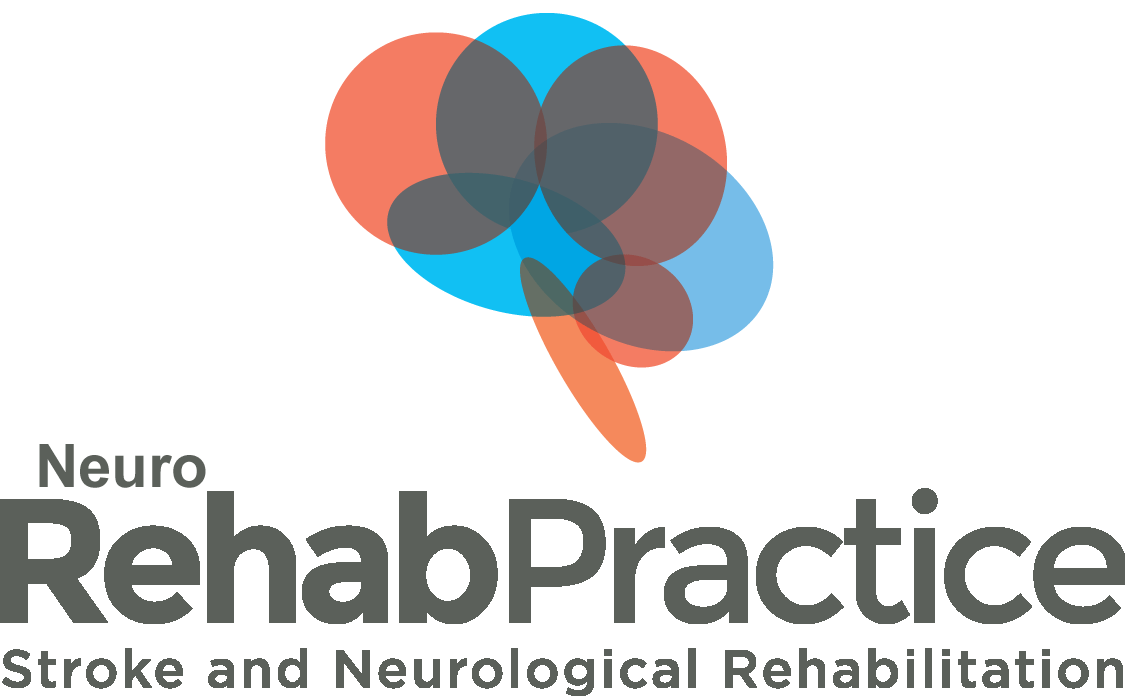The Rehab Practice Ltd Trading As:

Hydrodilation Management of Frozen Shoulder Syndrome

It is common after a stroke or other neurological conditions, for the shoulder on the affected side to become stiff and painful.
There are several possible contributing factors for this:
- Weakness or changes in tone in the muscles around the shoulder and arm
- Pain in the shoulder or arm
- Guarding or holding the arm close to the body
- Reduced sensation in the arm or less awareness of where the arm is positioned.
This can result in the affected arm not moving as much as usual, causing the shoulder to become stiff and sore.
Changes in the chemistry in the shoulder joint capsule occur causing the lubricating fluid in the joint to become stickier, and the capsule to become thicker and less supple, limiting the movement.
The Shoulder
The shoulder joint capsule is a fluid-filled sac that surrounds the joint and helps it to stay lubricated and move around freely. It is formed by several ligaments that help to make the shoulder joint more stable.

What is Hydrodilation
The hydrodilation is a mixture of saline, anti-inflammatories and local anaesthetic that is injected directly into the shoulder capsule. It works by stretching the shoulder capsule, creating more space for movement. The anti-inflammatories should reduce pain for a few weeks or months to give you a window where you can work with your therapist to improve the mobility and strengthen the muscles around it.
Hydrodilation is a relatively low risk procedure, with a 70% success rate at improving range of motion, and a 90% success rate at improving pain.
We have developed a pathway for our patients to be seen and treated in a timely manner by a trusted, skilled and experienced Radiologist Dr Demitrios Tzias
You could be seen within days or weeks, and the radiologist will assess your shoulder with guidance and background information from your therapist. They will likely perform an ultrasound to confirm the diagnosis of frozen shoulder, and if appropriate, the hydrodilation can be done there and then at the same appointment.
You can start moving and stretching the shoulder straight away, and it is best to do these stretches every waking hour under the guidance of your therapist. You may expect to see your physiotherapist 2-3 times a week for the first month after injection for more hands-on manual therapy to continue stretching the joint as well as lots of stretching and strengthening exercises to continue working on it at home. It is important to push the shoulders into tolerable amounts of pain to gain the most benefit, and your therapist will help you to gain an understanding of your pain.
For more information about the Hydrodilation Procedure